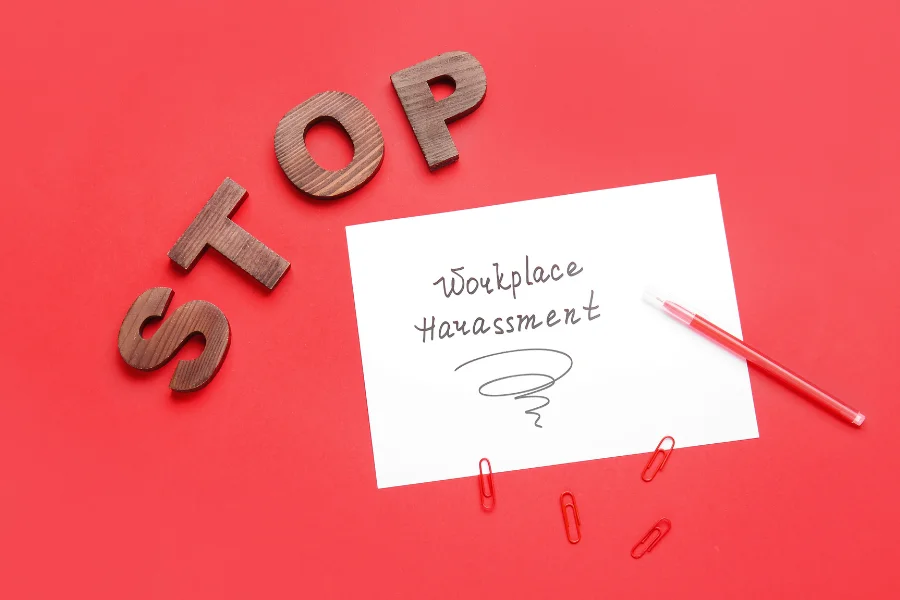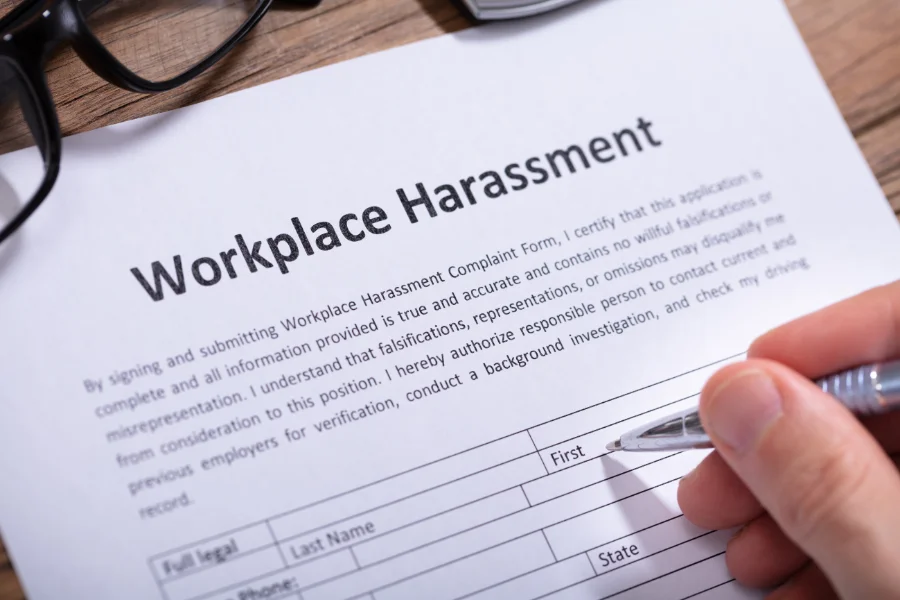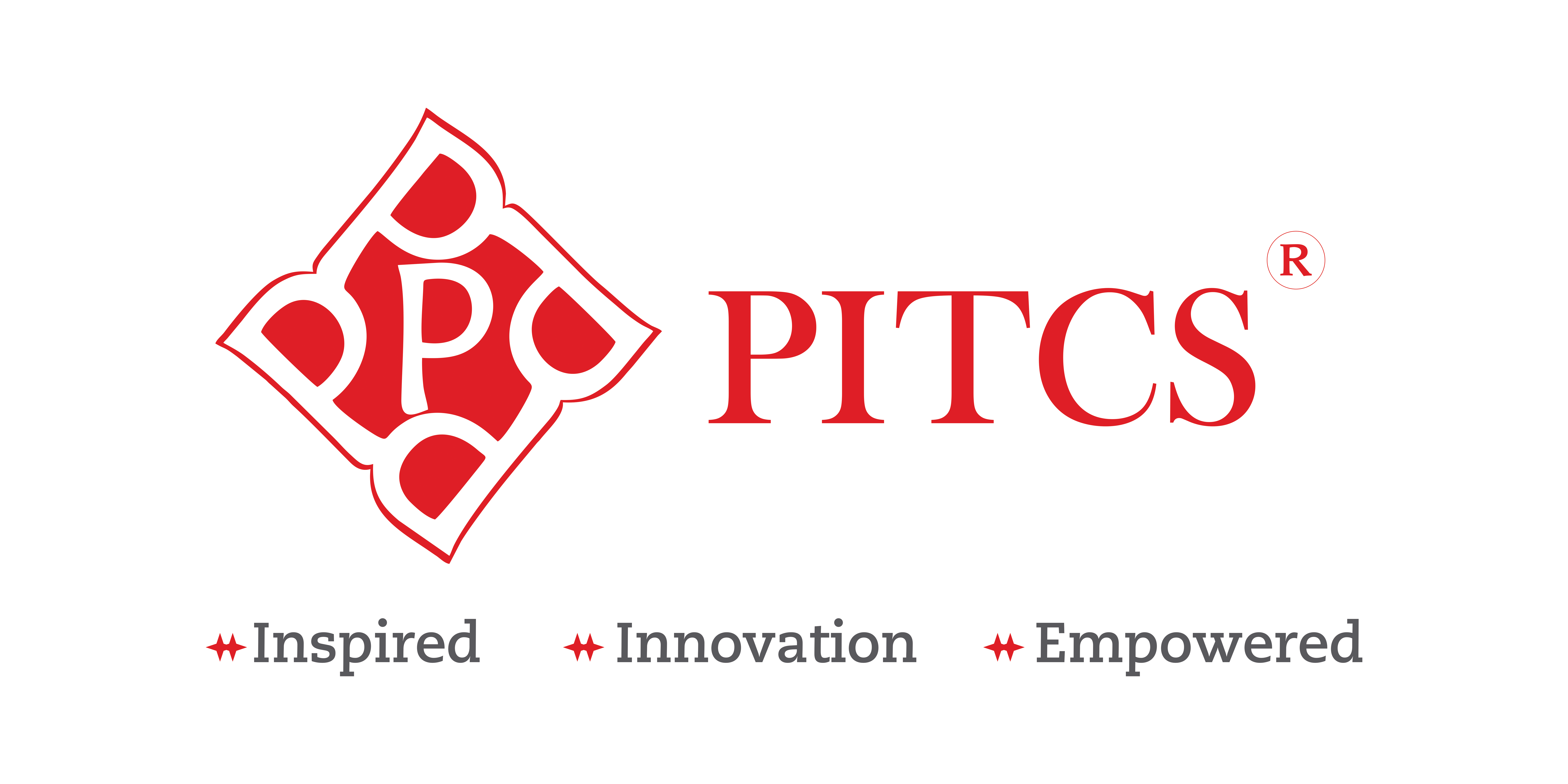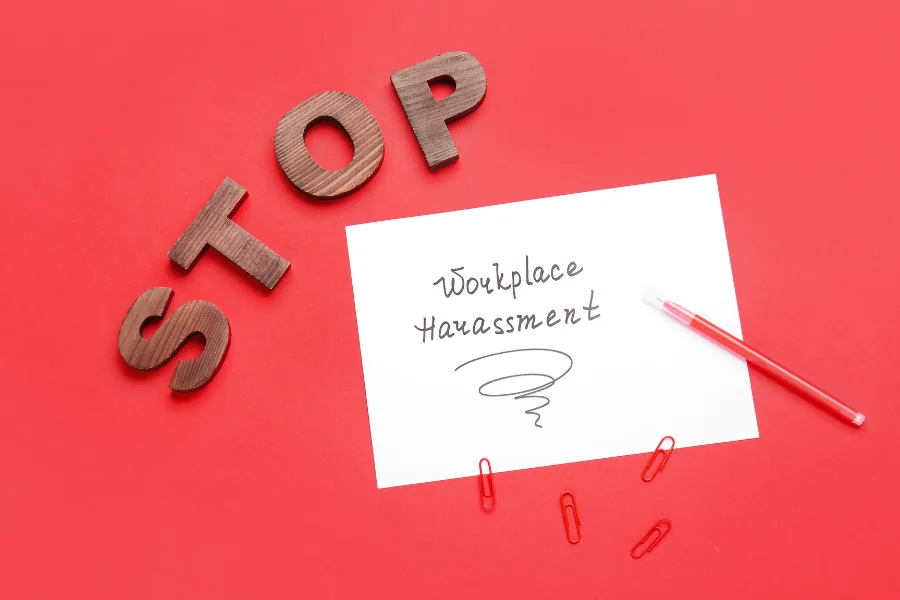Job discrimination is almost as old as work itself. As it is one of the most important socialization spaces that exist, any aspect that represents a change or a more or less significant difference with respect to the rest of the group can motivate a situation of discrimination at work.
This is a problem receives special attention in advanced societies, given that its mere existence poses important obstacles to coexistence and social wellbeing. As an organization involved into Human Resource Management we have created a list with 10 types of workplace discrimination to tackle and retain good work ethics.
Table of Contents
What is workplace discrimination?
Job discrimination means the situation in which a worker is disadvantaged professionally, salary or morally compared to his/her colleagues for reasons that they are not directly related to your job performance.
Generally, discrimination at work originates when the affected worker presents some appreciable difference with respect to the rest of the workforce.
These differences may be merely physical, such as gender, ethnic origin, or the incidence of a disease or disability; or cultural, such as religion or nationality.
In any of the cases, those affected suffer grievances such as lower salaries, abusive hours, personal attacks, fewer options for professional promotion or contempt and exclusions by their colleagues and/or bosses.
The importance of tackling workplace discrimination
Discrimination at work is a powerful destabilizing factor in companies which in turn has a profound impact on society. It happens that certain types of discrimination are well known by the majority of the population, but others are so subtle or apparently minor that they hardly attract attention. However, any employee who feels discriminated against experiences considerable psychological suffering.
Discriminatory behaviors can occur at both an individual and spontaneous level (sometimes they can occur unconsciously) as well as at the group level and in a premeditated manner (without a doubt, the most serious cases).
For example, a group of employees may discriminate against a new colleague because he comes from another country, giving free rein to all kinds of clichés about this circumstance (this is more common when the worker in question has physical differences, as happens with Asians or Africans, for example).
On other occasions, it is the personality of the victim that causes a situation of discrimination at work (shyness, lack of initiative, submissive personality…).
Be that as it may, these workers are subjected to higher levels of stress than their colleagues and are therefore more prone to suffering from disorders such as nervous breakdowns, personal dissatisfaction or depression. All of this can very negatively affect the company, both in terms of results (loss of productivity) and in its work environment.

The main types of workplace discrimination
Workplace discrimination against women is one of the most reported in our time. However, there are other typologies that do not attract as much media attention despite the fact that many of them are strongly rooted in certain areas.
1. Nationality or ethnic origin
Nationality is not a discrimination factor per se, given that many foreign workers are even viewed with admiration by their colleagues.
Rather one could speak of employment discrimination against certain foreigners, especially when their ethnic origin is more evident. It is a situation that makes it difficult to integrate professionals who have just arrived in the country and prevents the company from benefiting from diversity.
2. Gender
As we have already mentioned, discrimination against women at work grabs many headlines today. This phenomenon covers situations such as what is known as gender pay gap, that is, the salary differences between men and women, or the deficit of women in managers’ positions.
Workplace discrimination against women can also occur between colleagues, such as when sarcastic comments or bad taste jokes are made about the supposed abilities of one gender or another.
3. Age
Job discrimination based on age is observed at both ends of the market. On the one hand, younger workers can suffer abuses in their working conditions (lower salaries, longer working hours…) taking advantage of their situation of vulnerability economical. On the other hand, older professionals can be stigmatized as old-fashioned people or without the skills necessary to face current challenges.
4. Maternity
It is another type of workplace discrimination against women. Employees who become pregnant may be disadvantaged when it comes to opting for a promotion or even moving back in a position in the company’s organizational chart. Likewise, many women are still asked in job interviews about whether they contemplate motherhood in the short or medium term, risking not being chosen if they do affirmative.
5. Religion
It is no longer as common a discrimination factor as it was years ago, but certain signs of religiosity can still cause complicated situations at work. Discrimination here usually occurs in two ways.
Either the hiring managers discard the candidate because of his religion or the rest of the employees subject him to marginalization in the office. Obstacles may also be placed on the practice of certain religious customs.
6. Ideological
When an employee has different opinions than the majority of his colleagues, he may be excluded from the group or the other workers avoid or reduce interaction with this person to a minimum.
At the corporate level, the professional may be deprived of promotion opportunities for not matching the vital, political or economic philosophy of management. An example of this would be when a worker is harmed because of his status as a union member.
7. Sexual orientation
Sexual orientation could be a particularly cruel factor of discrimination in companies and other spaces of socialization.
This situation has improved but certain prejudices against homosexual and transsexual groups still persist; which leads to making insulting or offensive comments towards employees who have these sexual orientations.
8. Social status
Places emphasis on the social position of workers, promoting those who are considered closest to management and relegating them to less ambitious functions to those who come from more humble sectors.
Traditionally, certain large companies promoted only workers trained in certain universities to management positions (the costs of which represent a notable economic restriction).
9. Illness or disability
Again, a physical appearance of the worker is the excuse to discriminate against them in their work environment. This discrimination is due to a fear of the possible contagion of the disease from which the worker suffers (it happened in the eighties and nineties with AIDS).
In professionals with a disability, they may be seen as less suitable than other workers, harming their employability or assigning them to less relevant positions.
10. Sexual harassment
Sexual harassment in the workplace is totally unacceptable behavior that can have harsh consequences for the victim and the company. Preventing and combating it is the responsibility of the company that, in many cases and unfortunately, ignores the problem.
Detecting a case of sexual harassment at work is a serious problem that must be treated immediately with severe measures to protect the victim from the hostile environment in which she has been forced to perform her job duties.
To identify sexual harassment at work, the company must have a very specific definition of what is considered sexual harassment. These definitions can be agreed upon through a collective agreement, so that both parties agree on the limitations imposed.
Promote an open business culture where there is a safe space for dialogue, so that all employees feel comfortable expressing their doubts and concerns on issues as thorny as in this case.
Measuring the work environment will help us evaluate the degree of employee satisfaction, or, in other words, know the level of comfort that workers feel within the company.

How to address discrimination at work
If, despite the existence of standards and greater social awareness in this regard, discriminatory situations occur at work, companies and their different departments must use a action protocol for these cases. These would be the basic steps to address discrimination at work.
- Facilitate complaints: being the protagonist of a situation of discrimination is not easy, to the point that many victims are afraid to report this bad behavior. The company should make things easier by creating a permanent link for these cases. It does not have to be an expert in employment discrimination, but simply a professional who guarantees the confidentiality of the complaint and promotes the necessary actions.
- Fluid and secure communication: it is positive that companies keep communication channels open to serve people who feel discriminated against in their workplace. The employee portal is a good resource in this regard, as well as the work environment surveys. The latter is ideal for detecting anomalies in the office climate, among other advantages.

Notify a worker who promotes discrimination
Notifying or reporting a worker who is promoting discrimination is key. The company must create discrete feedback scenarios that allow this type of behavior to be mitigated.
There are different ways to do it and we would like to discuss them in another post, however a simple and quick way is through a letter or statement of reprimand.
Final words: Types of workplace discrimination and tackling them
Addressing and overcoming workplace discrimination is crucial for fostering a healthy and inclusive work environment. By understanding the various types of discrimination and implementing proactive measures, organizations can create a culture that values diversity and treats all employees with respect.
Encouraging open communication, providing diversity training, and enforcing anti-discrimination policies are essential steps towards building a workplace where everyone feels valued and supported. Together, we can strive towards a future where workplaces are free from discrimination, ensuring equal opportunities and fair treatment for all.




